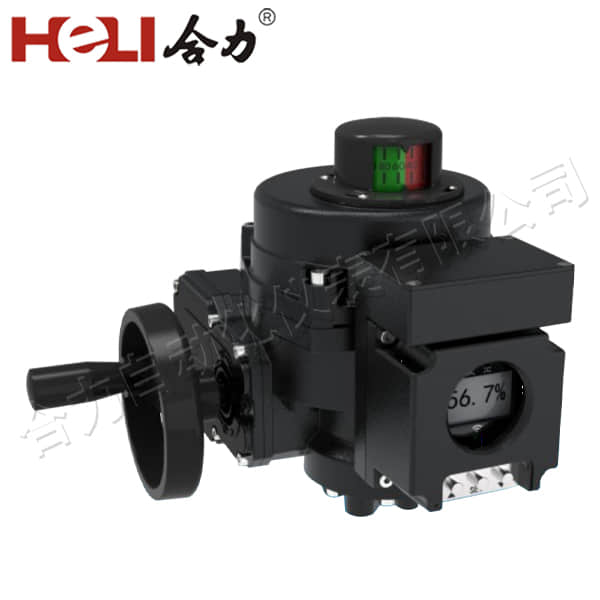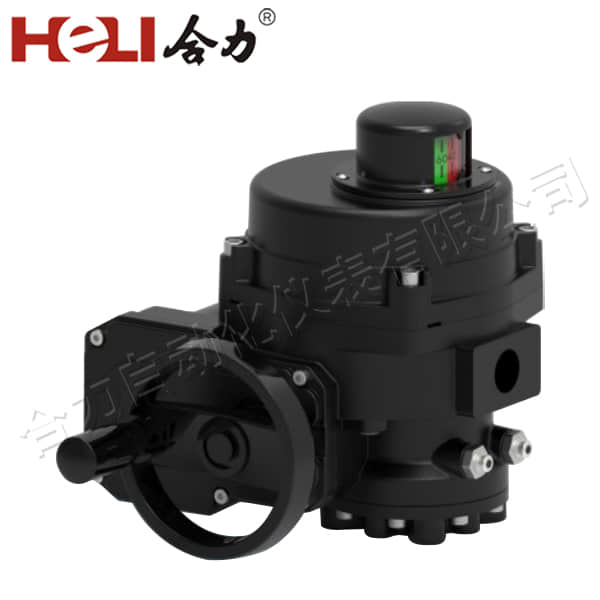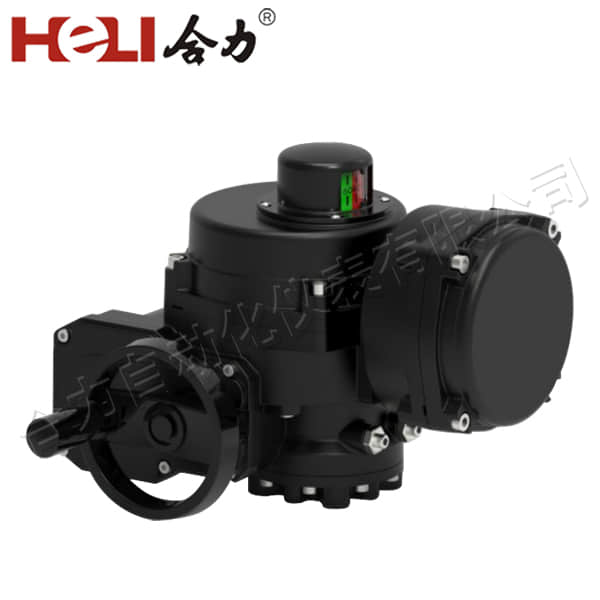
In the realm of industrial automation and control systems, electric actuators have emerged as a vital component, revolutionizing how various systems operate. These devices, which convert electrical energy into mechanical motion, offer significant advantages over traditional pneumatic and hydraulic actuators. With advancements in technology, electric actuators are becoming increasingly popular in diverse applications, ranging from manufacturing processes to transportation systems. This article explores the key features, benefits, and applications of electric actuators, highlighting their critical role in modern automation.

Understanding Electric Actuators

